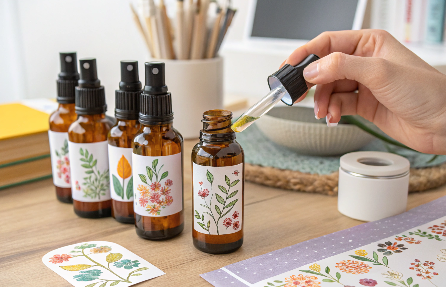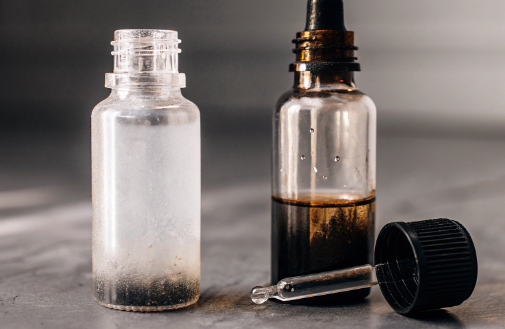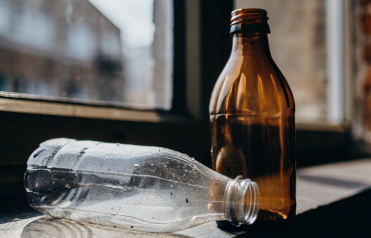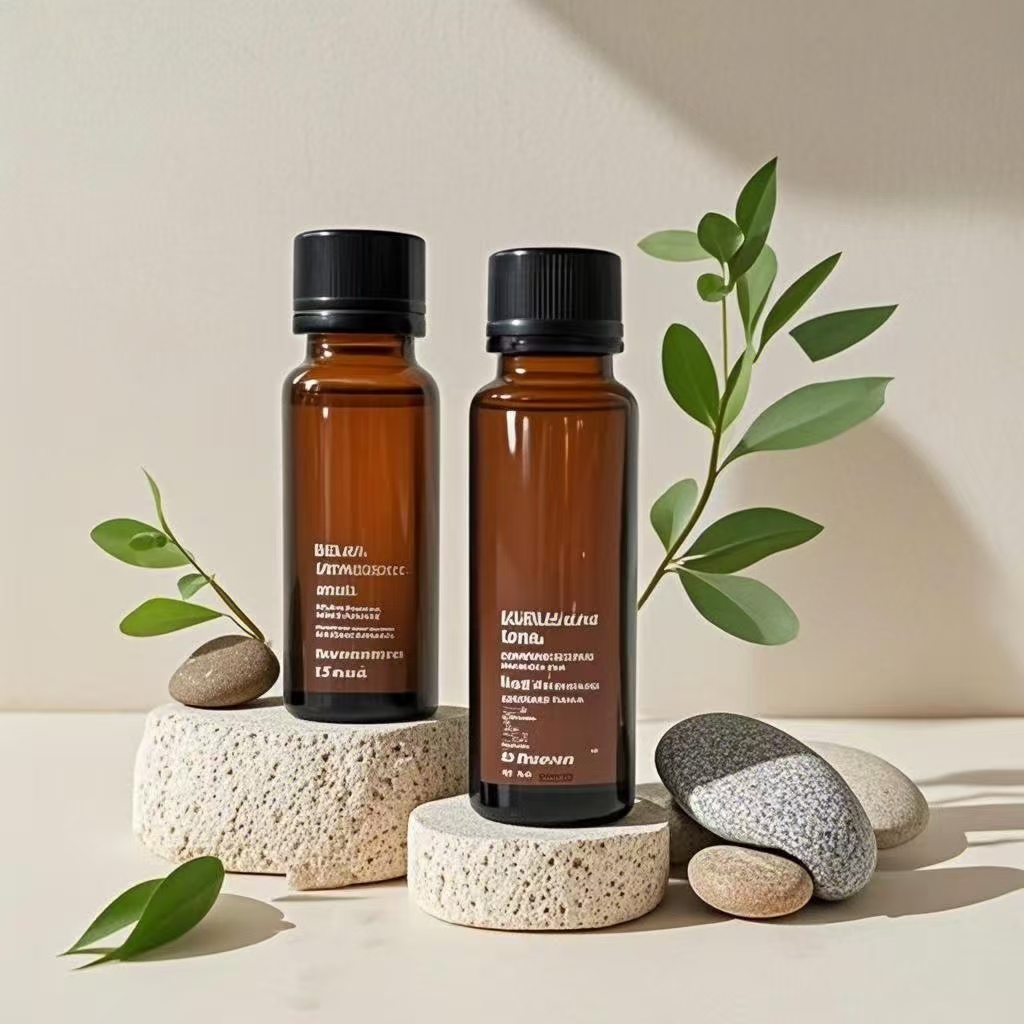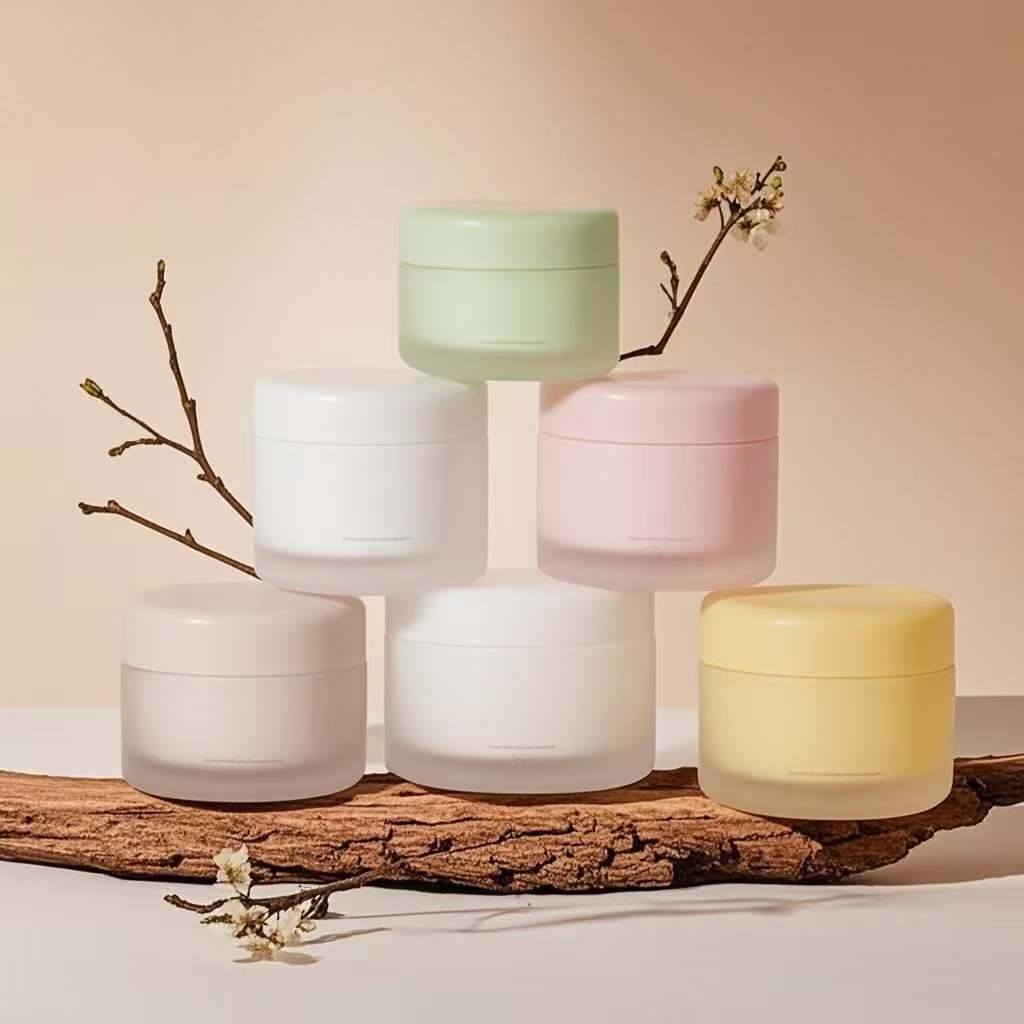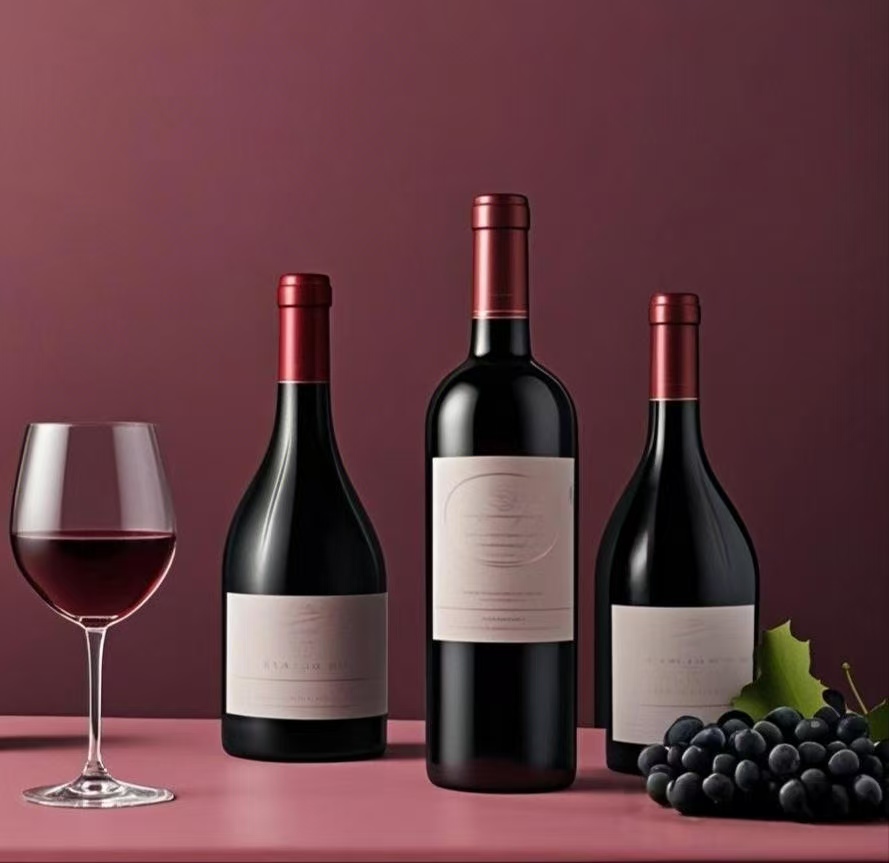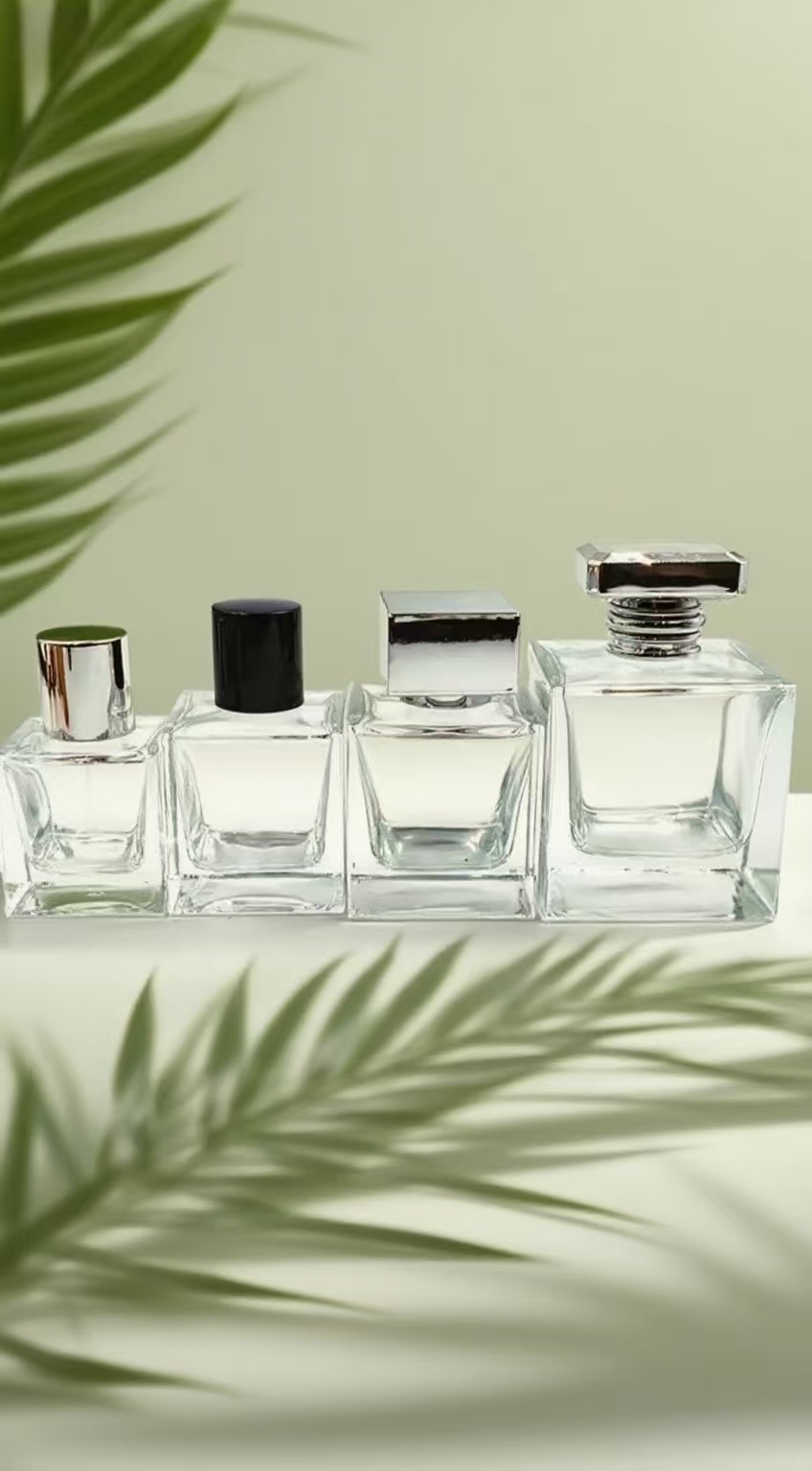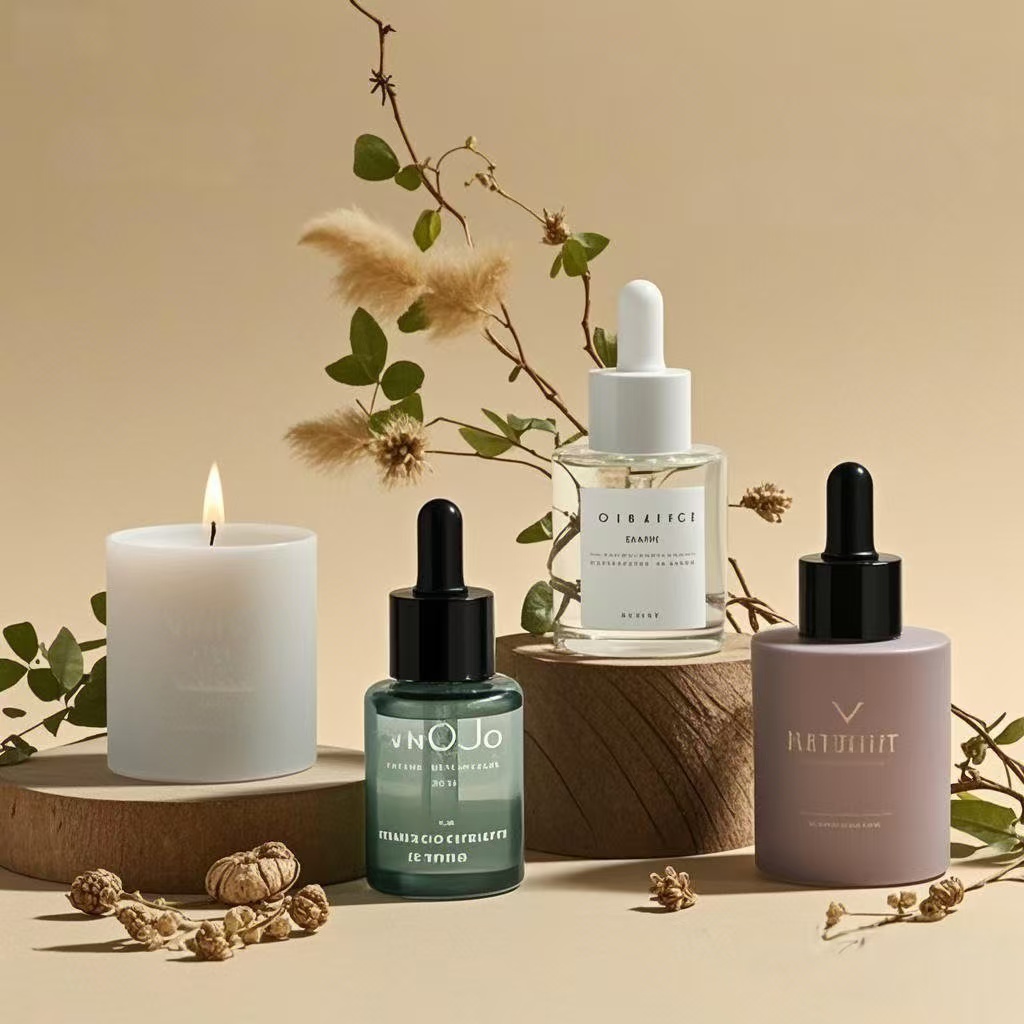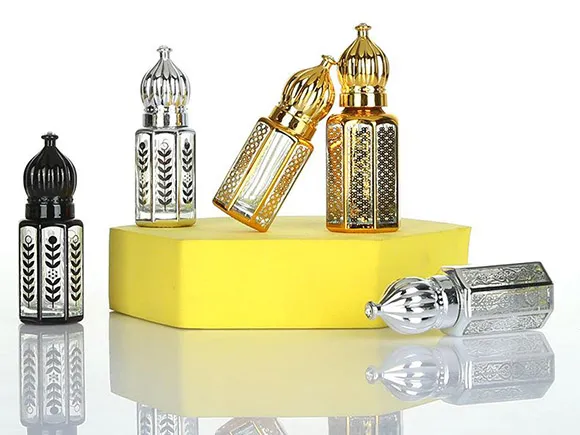Plastic and essential oils? A dangerous match that could ruin your formula—and your reputation.
Yes, essential oils should be stored in glass bottles, especially amber or cobalt blue ones, to protect their potency and prevent chemical reactions with plastic.
As a packaging supplier working closely with beauty and wellness brands, I’ve seen what happens when oil meets the wrong material. Spoiled aromas, degraded formulas, and worst—customer complaints. If you're building a premium product line or trying to meet industry safety standards, understanding this topic is non-negotiable.
Is it okay to put essential oils in plastic bottles?
They may look convenient—but plastics are a risky shortcut.
No, it’s not safe to store pure essential oils in plastic bottles. The oils can degrade the plastic, leading to contamination and loss of product integrity.
Dive Deeper: Why Plastic and Essential Oils Don't Mix
Essential oils are highly concentrated, volatile substances. Their chemical structure allows them to break down many plastics over time. Here’s what that means:
1. Chemical Leaching
Essential oils can dissolve plastic polymers, especially polyethylene (PE) and polypropylene (PP). This results in leached chemicals that can alter the scent, reduce efficacy, and pose health risks.
2. Bottle Deformation
Oils like lemon, eucalyptus, and cinnamon are especially aggressive. They can warp plastic bottles, soften the walls, and make packaging unusable within days.
3. Customer Safety and Perception
Imagine a customer opening your essential oil and smelling plastic—or worse, seeing a warped container. That’s not just a product issue—it’s a brand damage issue.
At PauPack, we exclusively recommend glass bottles—particularly amber and cobalt blue—for essential oil packaging. These materials are non-reactive, UV-protective, and ideal for maintaining purity over time. We also offer dropper caps, rollers, and tamper-evident seals to complete the solution.
Can I infuse oil in a plastic bottle?
Herbs and oils may feel less potent than pure EOs—but plastic still reacts.
It’s not advisable to infuse oils in plastic containers, especially over long periods, as heat and time can intensify reactions and compromise both the oil and the container.
Dive Deeper: Cold Infusion vs. Heat Infusion Risks
When infusing botanicals into carrier oils (like jojoba or almond), you’re often dealing with a slow, room-temperature process—or in some cases, low heat. Here’s why plastic still isn’t safe:
1. Time Factor
Infusions take days or weeks. That extended contact time can break down even food-grade plastics.
2. Carrier Oils as Solvents
Carrier oils like coconut or castor oil aren’t as aggressive as EOs, but over time they still interact with certain plastics, especially if exposed to light or heat.
3. Oxidation and Flavor/Scent Degradation
Plastic containers may not seal completely against oxygen, which causes rancidity in infused oils.
Want to avoid this? Use our UV-resistant amber glass infusion bottles at PauPack. With options in 50ml to 500ml and bulk wholesale pricing, we support indie aromatherapists and large wellness brands alike in crafting oils that stay fresh—and professional—from start to shelf.
Is it okay to put oil in a plastic bottle?
For massage oils and diluted blends, is plastic the shortcut we can live with?
While it's sometimes acceptable for diluted oils or massage blends, glass remains the best option for purity, preservation, and brand quality.
Dive Deeper: When (and When Not) to Use Plastic
Acceptable Plastic Scenarios:
-
Short-term transport for diluted blends
-
Shatter-proof options for gyms or travel kits
-
PET or HDPE plastics only—these are more resistant but not completely inert
Not Recommended For:
-
Pure essential oils
-
Long-term storage
-
Warm environments (like hot yoga studios)
When aesthetics and sustainability matter, we also offer biodegradable PLA bottles and PCR plastic options for temporary-use packaging. But we always recommend clients use these for refill pouches, not for primary essential oil containers.
What is the 30 50 20 rule for essential oils?
Essential oil blending isn’t guesswork—it’s an art backed by ratios.
The 30-50-20 rule is a basic guideline for blending essential oils: 30% top notes, 50% middle notes, and 20% base notes to create a balanced aroma profile.
Dive Deeper: Understanding Aromatic Harmony in Oil Blending
If you're formulating your own scents, understanding the structure of a well-balanced blend is key.
| Note Type | Role in Blend | Examples | Percentage |
|---|---|---|---|
| Top | Initial scent | Lemon, peppermint, bergamot | 30% |
| Middle | Body of the scent | Lavender, rosemary, geranium | 50% |
| Base | Longevity, depth | Sandalwood, patchouli, vetiver | 20% |
Why This Ratio Works:
-
Top notes catch attention but evaporate quickly.
-
Middle notes are the core and last a bit longer.
-
Base notes anchor the blend, lingering for hours.
If you're packaging a signature scent, your bottle needs to match the quality of your blend. PauPack offers dropper and roller bottles perfect for showcasing top-shelf oils. Choose from frosted or clear finishes, custom labeling, and even gold-trimmed collars to elevate your blend’s perceived value.
Conclusion
Yes, essential oils should always be stored in glass—not just for safety, but to protect your brand’s quality, customer trust, and product longevity.




